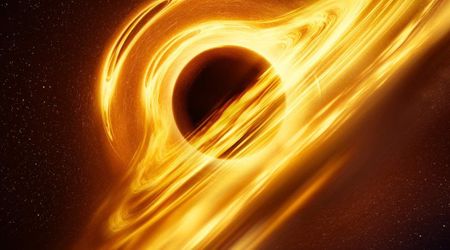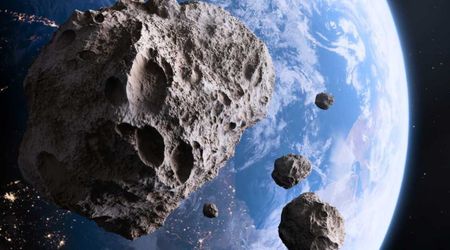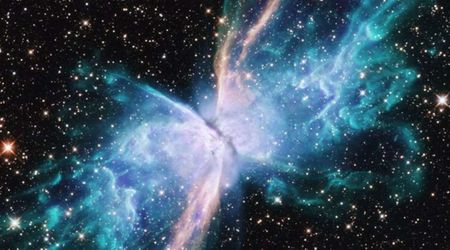Mysterious boom rattled Californians — it turned out to be SpaceX Dragon returning to Earth from ISS

When a SpaceX spacecraft re-entered Earth's atmosphere over California on Saturday night, it generated a sonic boom that was widely heard, especially in Los Angeles. The intense sound, accompanied by a red-yellow streak across the night sky, caused confusion and alarm among residents. Some on the social media initially mistook the phenomenon for an earthquake, while at least one individual even believed a bomb had exploded, reported Newsweek.

The event was caused by the SpaceX Dragon spacecraft, which was returning from a supply mission to the International Space Station. As it broke the sound barrier, it created the distinctive boom. SpaceX had issued a prior warning, informing the public that the spacecraft would "announce its arrival with a brief sonic boom before splashing down" in the Pacific off San Diego. The splashdown occurred around 10:44 p.m. local time.

The unexpected sound prompted strong reactions from Los Angeles residents. @dorkspectre on X expressed their alarm, "There was another loud boom in #HuntingtonBeach a few minutes ago. Has anyone else experienced this? It made the windows rattle and at first, I thought it was the start of an earthquake. There was a previous double boom phenomenon not too long ago. What is going on? I don't like this!"
Uh, there was another loud boom in #HuntingtonBeach a few min ago. Anyone else experience this? It made the windows rattle, & at first, I thought it was the start of an earthquake. There was a previous double boom phenomenon not too long ago. WTF is going on? I don't like this! pic.twitter.com/wBFwZy1xTc
— April 🌙 🔦 (@dorkspectre) May 25, 2025
@IQ38 similarly recounted, "Was there just an earthquake in Los Angeles? But no shaking. It felt like a sonic boom. I thought something had hit my house!"
Was there just an earthquake in Los Angeles? But no shaking. It felt like a sonic boom. I thought something had hit my house! #earthquake
— 🌺🌻SISIA🌻🌺 (@IQ38) May 25, 2025
SpaceX spacecraft are routinely used to resupply the International Space Station (ISS), with the SpaceX Dragon standing out as one of the few space vehicles capable of transporting both cargo and astronauts to orbit and safely bringing them back to Earth. The particular dragon capsule that generated the sonic boom had just completed its 32nd mission to the ISS. It is important to note that the sonic boom isn't created when the rocket accelerates past the sound barrier, but rather when it decelerates from supersonic speeds as it descends through the atmosphere. This continuous creation of shockwaves as the vehicle travels faster than sound leads to the "boom" heard by observers on the ground, as mentioned by the outlet.

In a report addressing the effects of these booms on Earth, SpaceX clarified that "sonic booms in spaceflight have typically only been experienced by observers on Earth when encountering vehicles designed to be reused, such as SpaceX's Falcon family of rockets." The company further explained that "when the first stage booster of a Falcon rocket returns for landing, its size and speed generate multiple sonic booms heard on the ground as a double clap of thunder." This phenomenon isn't unique to SpaceX, as "similar sonic booms were heard during the return and landing of NASA's space shuttle. In each case, the sonic boom marks the end of just one in a series of missions for the vehicle returning from flight."

The Dragon spacecraft holds a unique position in spaceflight, being the sole operational craft currently able to bring substantial quantities of cargo back to Earth. Furthermore, it holds the distinction of being the first private spacecraft to transport humans to the International Space Station. The next SpaceX Dragon flight is scheduled to launch from Florida no earlier than June 8, 2025. This upcoming mission will mark the third crewed flight undertaken by this particular model in the same year.









